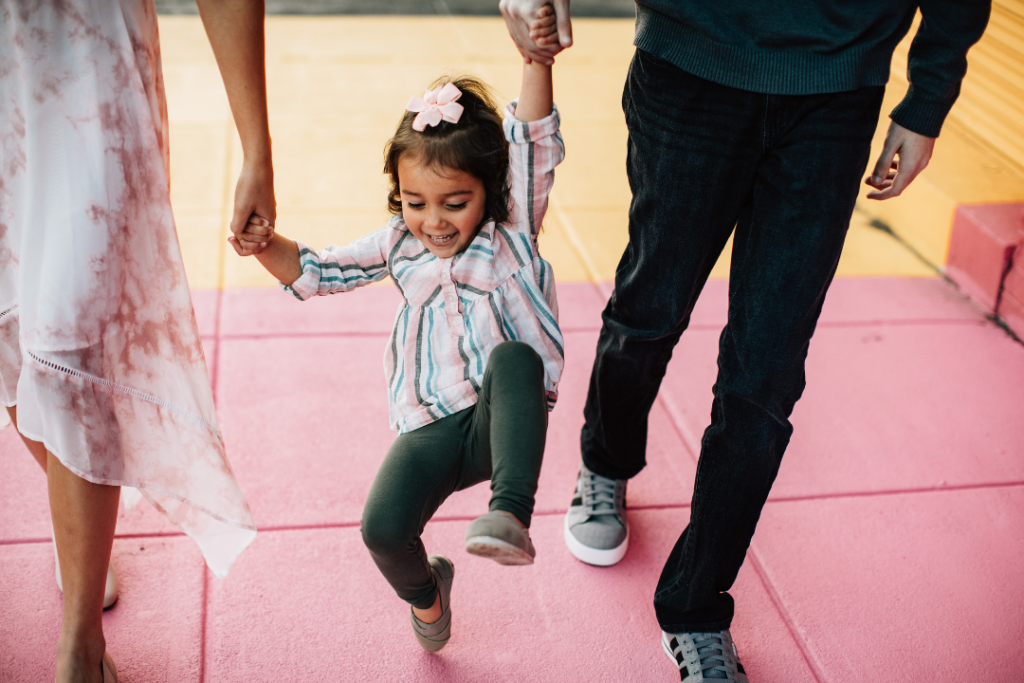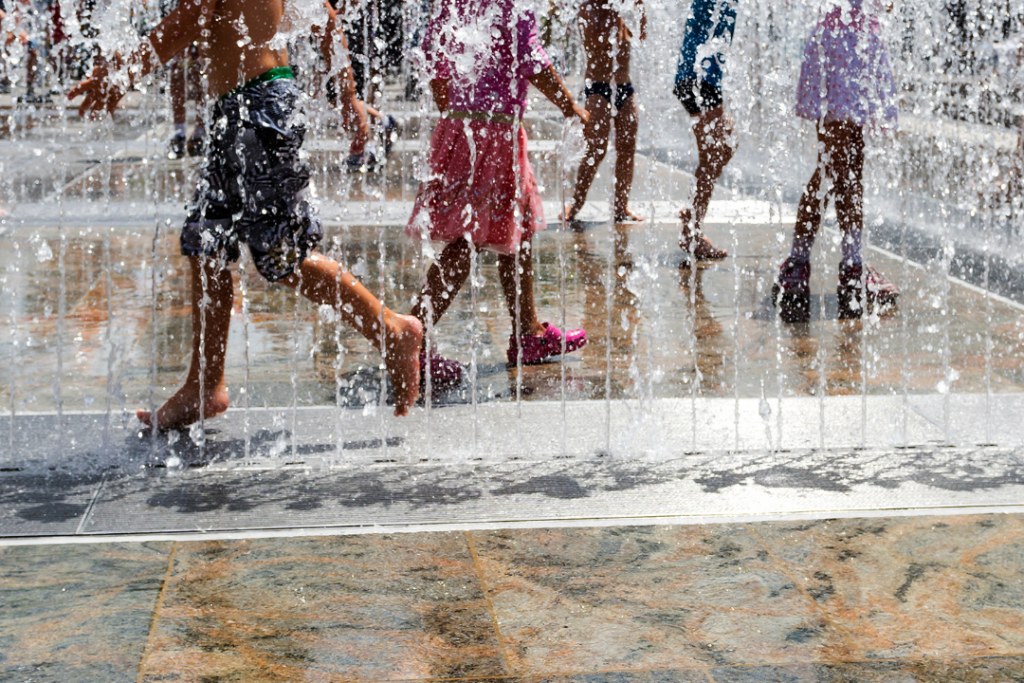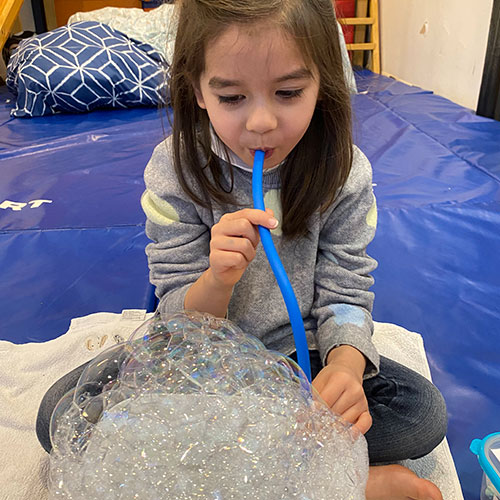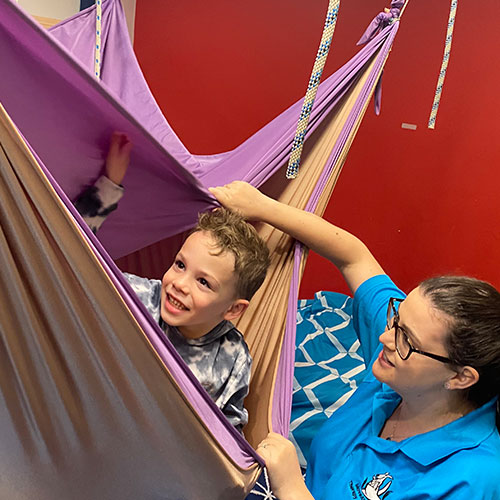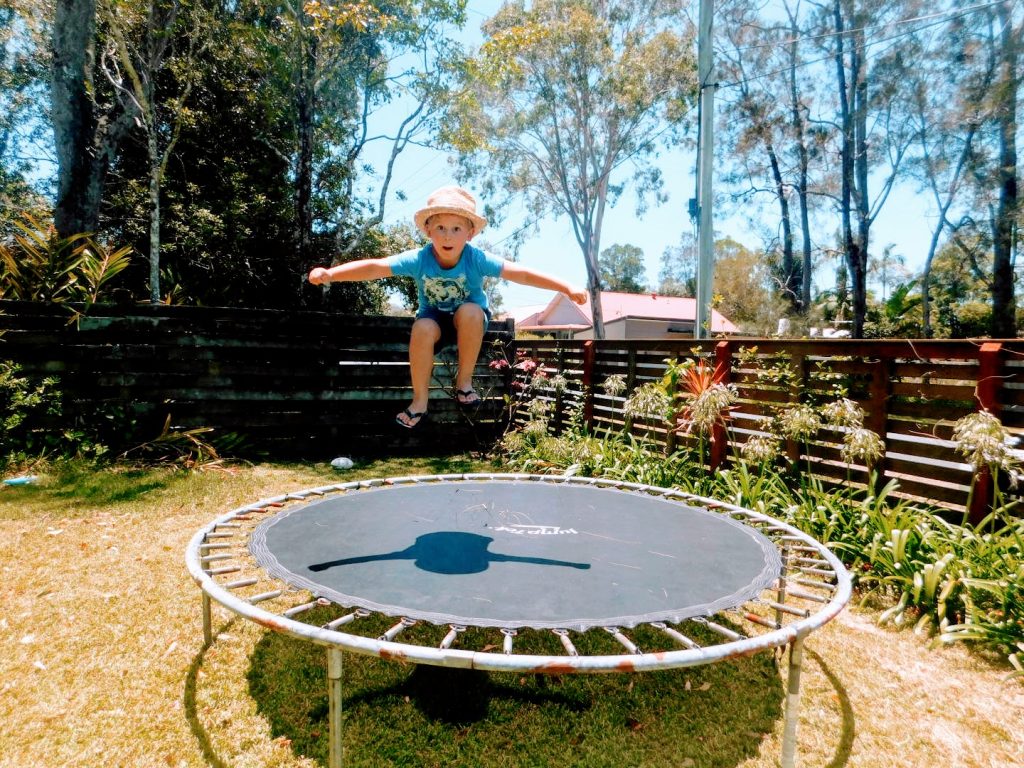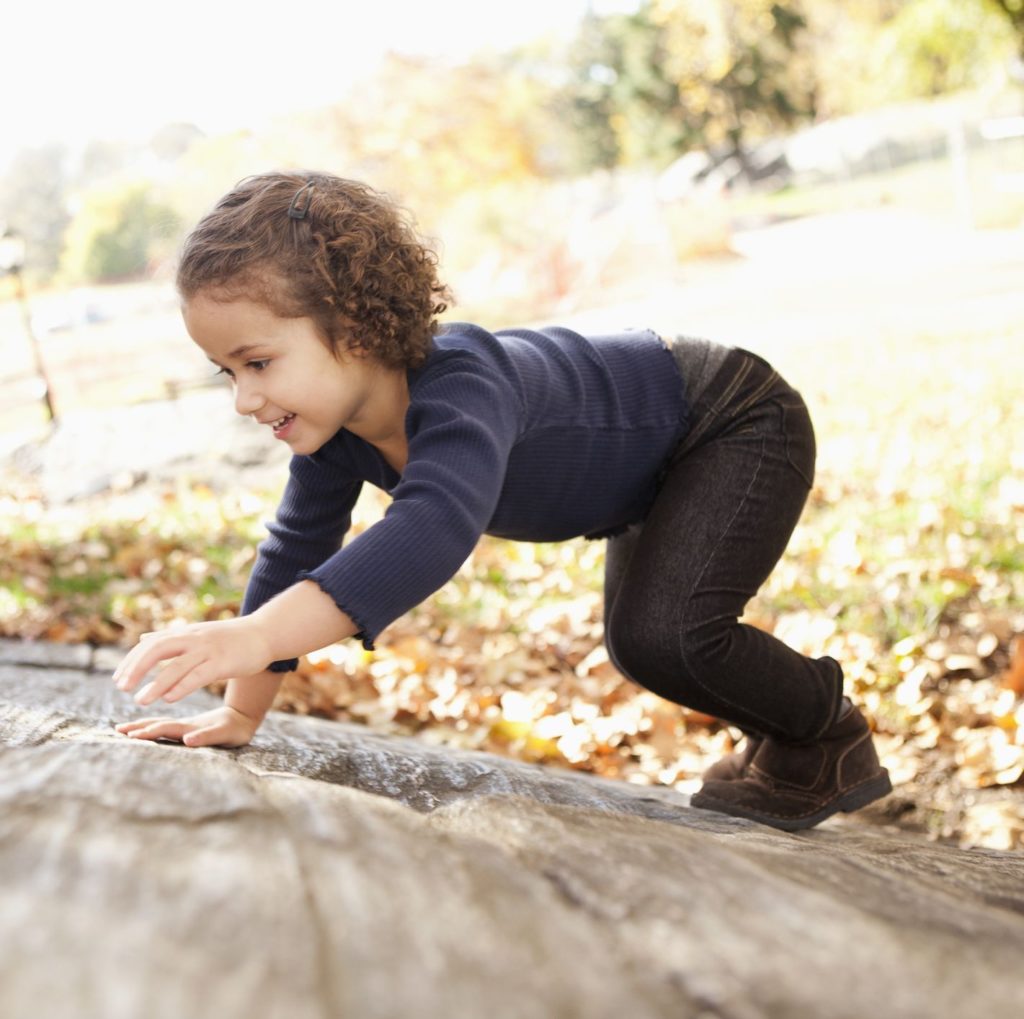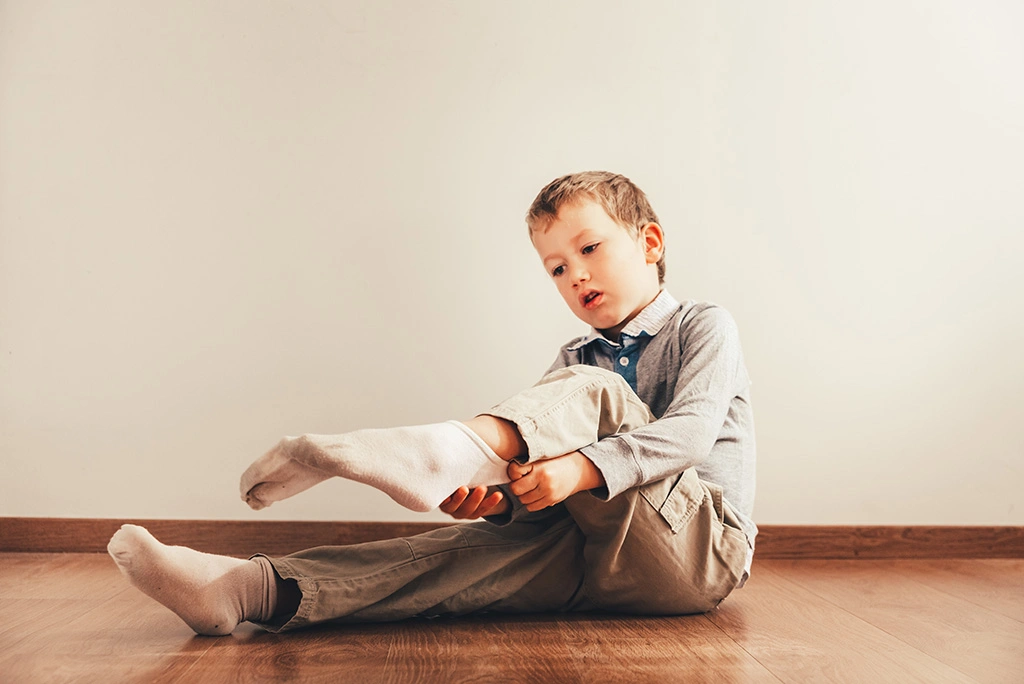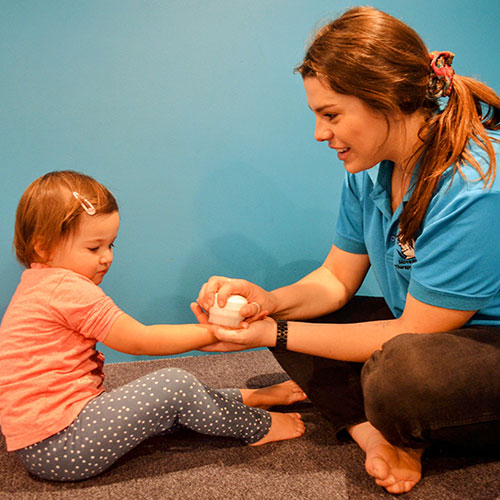Author: Sophie Robertson, Paediatric Occupational Therapist & Clinical Manager
5 min read
Starting kindergarten is an exciting yet often anxiety-provoking milestone for both children and parents. This transition can be particularly challenging for children who experience separation anxiety, especially those who may struggle with changes in routine and new environments.
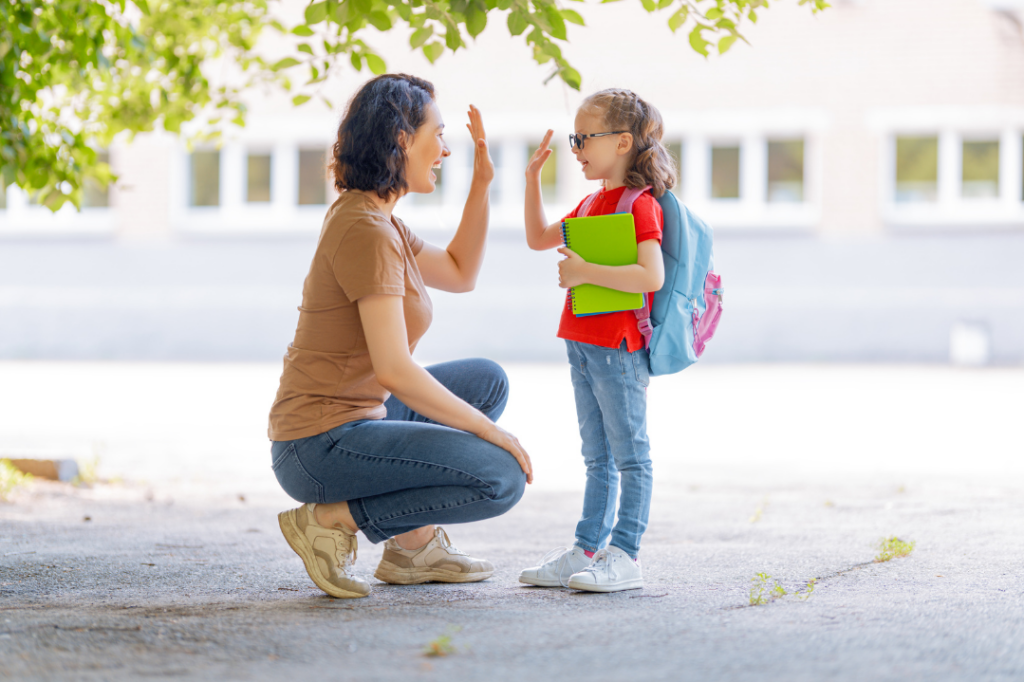
Separation anxiety is a natural response, reflecting a child’s strong attachment to their caregiver. While it can be difficult to manage, the good news is that with the right support rooted in understanding and empathy, children can navigate this change, building both independence and maintaining a secure connection with you. Here are some practical strategies to help ease separation anxiety as your child starts kindergarten.
Understanding Separation Anxiety
Separation anxiety can look different for every child. For neurodiverse children, this anxiety can be amplified by sensory processing differences, transitions, or struggles with understanding social interactions. A neuroaffirming approach acknowledges that every child has a unique nervous system, and starting school can trigger a heightened state of alertness and uncertainty.
Children rely on predictable routines and strong connections to feel secure. When a big change like starting kindergarten disrupts that routine, it’s natural for their nervous system to signal discomfort. Understanding this from a neurodevelopmental perspective helps us approach the situation with empathy, rather than trying to “fix” the anxiety. Instead, we support their nervous system by providing consistent, connection-based strategies to help them feel safe.
Fostering Connection
Connection is a powerful tool in easing separation anxiety. When children feel securely connected to their caregivers, they are better equipped to explore the world around them with confidence. This connection doesn’t have to stop when your child steps into the kindergarten classroom, there are ways to maintain that sense of security even during separation.
- Create a Goodbye Ritual: Establish a consistent and predictable goodbye routine. Whether it’s a special hug, handshake, or a brief mantra like “I love you, see you soon,” this small ritual helps your child know what to expect, providing them with a sense of comfort as they say goodbye.
- Stay Calm and Regulated: Your child can sense your emotions. If you appear anxious or uncertain, they’re more likely to mirror those feelings. Before dropping your child off, take a moment to regulate your own emotions, practice deep breathing or repeat calming affirmations. Your calm energy will reassure your child that the separation is manageable and safe.
- Transitional Objects: Giving your child something small and comforting to hold onto throughout the day can be a tangible reminder of your connection. This could be a small note, a family photo, or even a matching bracelet that you both wear. These objects help children feel connected to home and can soothe their nervous system.
Supporting Sensory and Emotional Regulation
Children with sensory processing differences may find the sensory-rich environment of a kindergarten classroom overwhelming. This sensory overload can contribute to heightened anxiety. To help your child feel more regulated, consider adding sensory strategies to your morning routine that support their nervous system:
- Morning Movement: Physical activity can help your child regulate their nervous system before heading to school. Whether it’s a quick walk, some jumping jacks, or even dancing to their favourite song, movement can help reduce anxiety and set a positive tone for the day.
- Calming Touch: If your child responds well to deep pressure or calming touch, you could offer a firm bear hug or let them spend a few minutes with a weighted blanket before leaving. This kind of sensory input can help regulate their nervous system and reduce feelings of anxiety.
- Quiet Time: For children who become easily overstimulated, consider offering a few minutes of quiet time before the busy school day begins. Engaging in a calm, low-stimulation activity like reading or drawing can help centre your child and prepare them for the transition.

Building Independence Gradually
A neurodevelopmental approach respects that children grow and develop at their own pace. While kindergarten encourages independence, it’s important to support your child’s autonomy in a way that feels safe for them.
- Practice Short Separations: To ease your child into the idea of being apart from you, gradually practice short separations at home. Start by leaving them with a trusted caregiver for brief periods or encourage them to play independently while you’re in another room. Celebrate their success, no matter how small, to build their confidence.
- Use Visual Schedules: For children who need help understanding the structure of the day, visual schedules can provide reassurance. Create a simple schedule that shows what their day at school will look like and when you’ll be back to pick them up. Visuals offer predictability, helping to reduce anxiety about the unknown.
Validating Their Feelings and Empowering Their Strengths
It’s important to acknowledge that your child’s feelings are real and valid. Let them know that it’s okay to feel nervous or sad about starting school, while also empowering them to face the challenge with confidence.
- Validate Their Emotions: Use phrases like, “It’s okay to feel worried about starting school. It’s a big change, and I’m here to help you through it.” This lets your child know that their emotions are normal, reducing any sense of shame or fear.
- Highlight Their Strengths: Remind your child of other times they’ve been brave or tackled something new. For example, “Remember when you were nervous about your swimming lesson, and you did so well? I know you can do this too!” Helping them recall past successes can boost their confidence in handling new challenges.
Starting kindergarten is a big step for both you and your child, and managing separation anxiety is part of that journey. By approaching this transition with a neuroaffirming and connection-driven mindset, you can support your child’s emotional and sensory needs while fostering a sense of security and independence. With the right strategies, you can help them navigate this milestone with resilience, knowing that your connection remains their anchor even when you’re apart.
If you feel like your child is struggling with separation anxiety or you are concerned about your child starting school next year, talk to an occupational therapist for further guidance. Contact MoveAbout today. Check out our Facebook and Instagram pages for more education regarding sensory processing and regulation.
GET IN TOUCH
